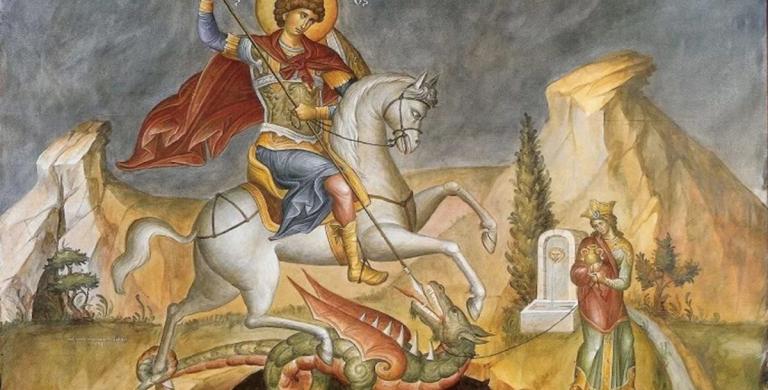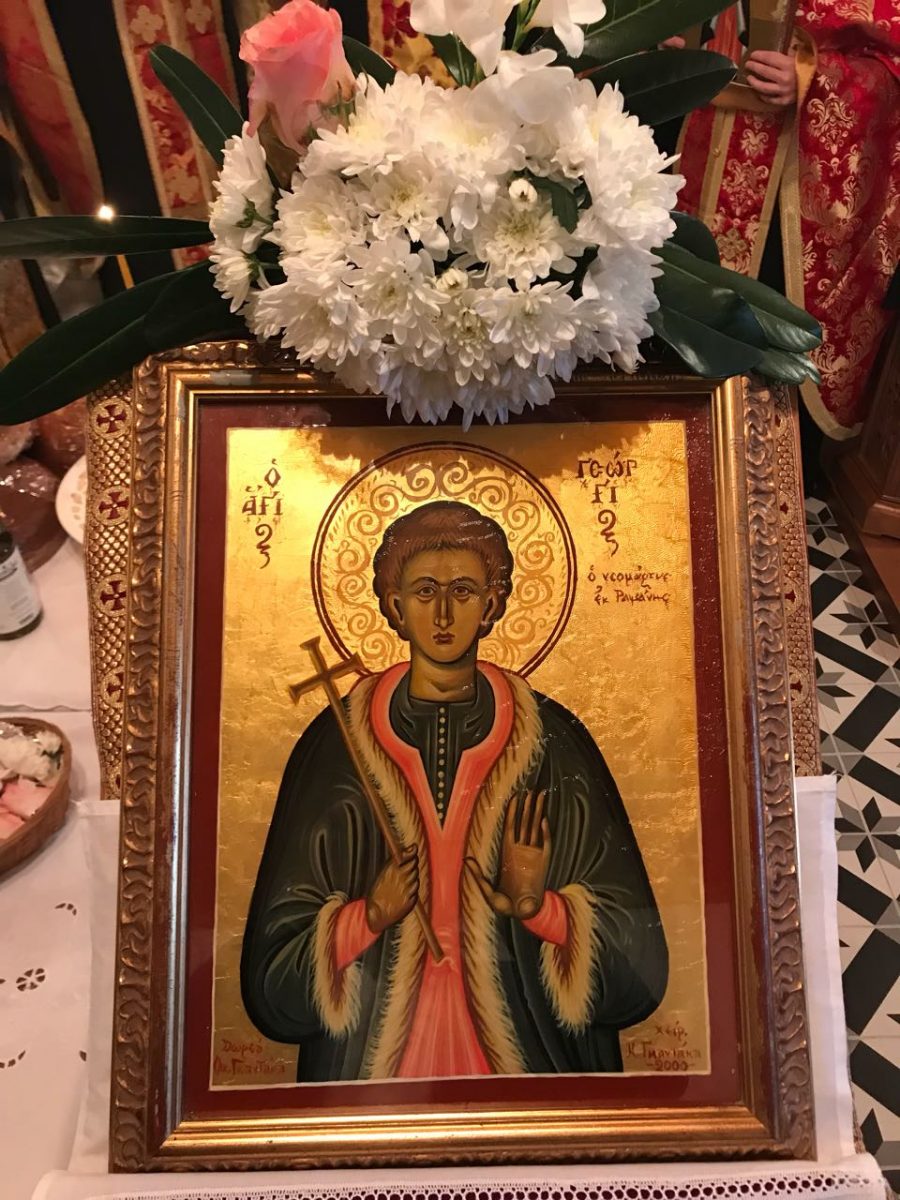Kati Garbi: The Greeks celebrated the Resurrection with their favorite singer

Kati Garbi: Kati Garbi attracted the interest of Twitter, after the Resurrection, as Alpha broadcast her concert for the 30 years of her presence in the discography, which took place last September.
Kati Garbi : The beloved singer, last September , celebrated the 30th anniversary of her presence in the Greek discography with a magnificent concert at the Katraki Theater in Nice in front of 6,000 spectators. In fact, the "most beautiful eyes of Greek discography" were honored by other artists, such as Costas Tournas, George Papadopoulos , George Sampanis, Antonis Remos and Eleni Foureira .
A snapshot of the night was the musical coexistence of Kaiti Garbi with her son, Dimitris, who accompanied her playing the piano in the song "Wrong" and with her husband, Dionysis Schoinas.
pagenews.
Agiou Georgiou 2020: When is this year

Agiou Georgiou 2020: See when George is celebrating this year.
Agios Georgios 2020: The memory of Agios Georgios is traditionally honored on April 23, but when it happens before Easter , things change. If this date falls before Easter, St. George's Day is postponed to Easter Monday. This year, Easter is celebrated on April 19. So the feast of St. George will be celebrated normally on April 23.
This is because the ecclesiastical troparions of St. George contain resurrection words, which cannot be sung before the Resurrection. It is worth noting that every Sunday is a resurrection day. It's just that the sequence of the Saint was written before the change of the calendar and then the holiday always fell after Easter. So, this year, the feast of St. George is on Thursday, April 23, 2020.
The New Martyr Saint George of Ioannina:
The New Martyr Saint George in Ioannina (Saint George of Grevena , 1808, Ioannina , January 17, 1838) is a Saint of the Eastern Orthodox Church. The New Martyr Saint George was born in 1808 in the settlement of Tsourhli (today's Agios Georgios Grevenon) in the Prefecture of Grevena. His parents, Konstantinos and Vasiliki, were engaged in agriculture and were poor. At the age of 8 he became an orphan and sought work in Ioannina. There he became a sheikh (horseman) of Hatzi Avdoulas, an officer of Imin Pasha. He remained in the service of Hatzis Avdoulas for about eight years.
In 1836, George was engaged to a young pious Gianniotissa, Eleni. On the day of his engagement, however, he was slandered by an Ottoman Hoxha that he had converted to Islam in previous years and returned to the Orthodox faith. When asked in court, George confessed without fear that he was born to Christian parents and that he remained a Christian throughout his life. The accuracy of his speech was also confirmed by the fact that he was indomitable and was eventually released.
It is not entirely clear when he got married. Most likely dates are August 1836 or the day of the feast of St. Demetrius of the same year, ie October 26, 1836, while some claim that he married in January 1837.
In 1837 he was hired as a knight in the Musselimi of Filiates, from where he returned to Ioannina in December of the same year for the birth and baptism of his son. There, on Wednesday, January 12, 1838, Hoxha himself slandered him again for blaspheming the Muslim faith, accusing him of being an Ottoman, now a Christian, married to a Christian, and baptizing his child a Christian.
After he was arrested, he was imprisoned and forced to convert. However, he remained unconvinced, constantly confessing his Christian faith. The clergy and the people of Ioannina tried in vain to prevent the unjust decision of the Turkish judge against George. The Metropolitan of Ioannina, Joachim Chios , as soon as he was informed of the events, went to court to defend George, but while he made serious arguments, none of them were accepted. The next day, in court, they tried to persuade George to convert, proposing him important positions and positions. He insists on his faith, confessing once again: "I am a Christian." So the martyrdom begins.

They mercilessly whip him, burn him with boiling oil and wax, pierce his nails with pins, put a heavy stone on his chest, which is barely lifted by twenty men. George bravely endures by saying simply: "I am a Christian and I will die a Christian." On Monday, January 17, 1838, on the day of the feast of St. Anthony, the Saint was hanged.
His holy relic remained hanging until January 19, during which time many miraculous signs of his holiness were observed. As early as Monday night, January 17, a light was coming down from the sky and was crowning the head of the New Martyr. This light appeared every night for the whole three days during which the New Martyr George remained hanged.
Afterwards, his remains were bought for 300 groschen as can be seen from the storehouse of the Metropolitan Church of Ioannina and the Metropolitan of Ioannina, Joachim the Chios, supported by the Metropolitans of Grevena and Artis, buried his neo-pagan temple in the New Testament with honors. Agios Athanasios. George's martyrdom and burial were followed by a number of miracles, indisputable proofs of his holiness.
On October 25, 1971, his holy relics were restored, which were deposited in the homonymous church of Ioannina, in Pargis Square. A holy temple dedicated to the memory of the Saint also exists in his birthplace, Agios Georgios Grevenon, where a part of the sanctuary of the relic is kept.
His memory is commemorated on January 17 and he is the patron saint of the city of Ioannina and his birthplace, the village of Agios Georgios Grevenon. Finally, the Saint is especially honored in the village of Argyro Pigadi in Etoloakarnania, where there is the homonymous five-temple church, which is the first church built in his honor in 1847, ie only 9 years after his martyrdom.
pagenews





No comments:
Post a Comment